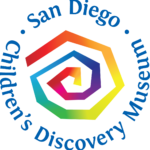STREAM Activity: World Food Day
Let's observe chemical reactions in apples!
Activity best for children age 2 and up
It’s Fall and World Food Day and we’re in the mood for some apples! Apples are a favorite healthy snack, but have you ever cut an apple into slices to eat for later and noticed they turned brown? That’s because a chemical reaction called “enzymatic browning” takes place when oxygen combines with the enzymes in the fruit’s tissue. To keep them staying fresh, you can coat the apples in … lemon juice! Why does lemon juice keep the apples from turning brown? You guessed it – it’s another chemical reaction. The vitamin C in lemon juice acts as a chemical barrier between oxygen from the air and the apple. In this activity, we will observe the chemical reactions between apples, lemon juice, and other kinds of food chemicals!
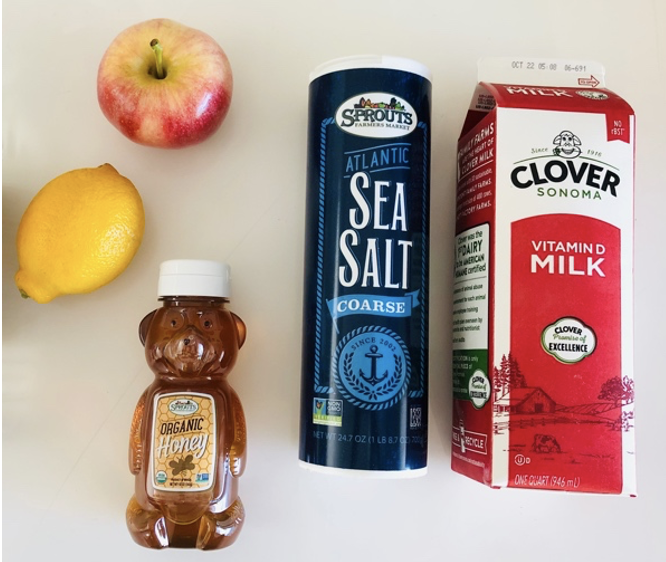
Materials you’ll need:
Apple
Fresh lemon
Honey
Salt
Milk
Water
Guiding Questions:
How do the different “chemicals” react with the apple when you leave them out?
Why do only some “chemicals” prevent the apple from turning brown?
Did the lemon juice really work?
Directions
Step 1
Mix each of the individual “chemicals” with some water and place in separate bowls. It is helpful to label them.
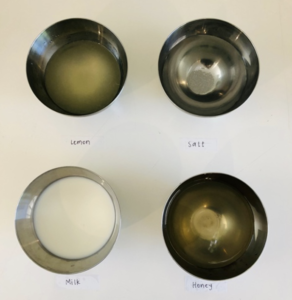
Step 2
After cutting up an apple into slices, place a slice into each bowl. Leave the apples in the bowls for up to 5 minutes.
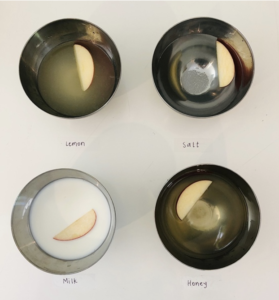
Step 3
After taking the apple slices out of the “chemicals,” leave them out to see how they combine with oxygen! Make sure to have a plain apple without anything on it. In an experiment, this is called a control.
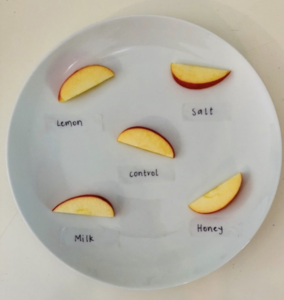
Step 4
After a few hours, observe how your apples look! I left mine out for an entire day. Which ones stayed fresh?
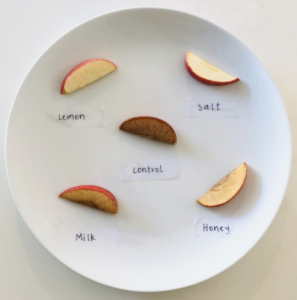
Grown Ups-Are you looking for more ways to extend your child’s learning? Check out these extension activities to build upon today’s STREAM activity!
Reading Connections:
Big Chemistry Experiments for Little Kids by Dr. Megan Olivia Hall, PhD, MAEd
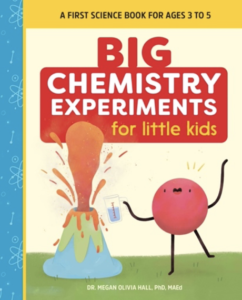
Science Connections:
One of the apples was a “control.” You can talk about how science experiments need something to compare to the thing that is being tested. If we didn’t include the apple that had nothing on it, would we be able to say the lemon juice worked? When else is a control helpful in science?
Share your apple discovery with us on Instagram by tagging @sdcdm320!
Questions about this activity? Email education@sdcdm.org

